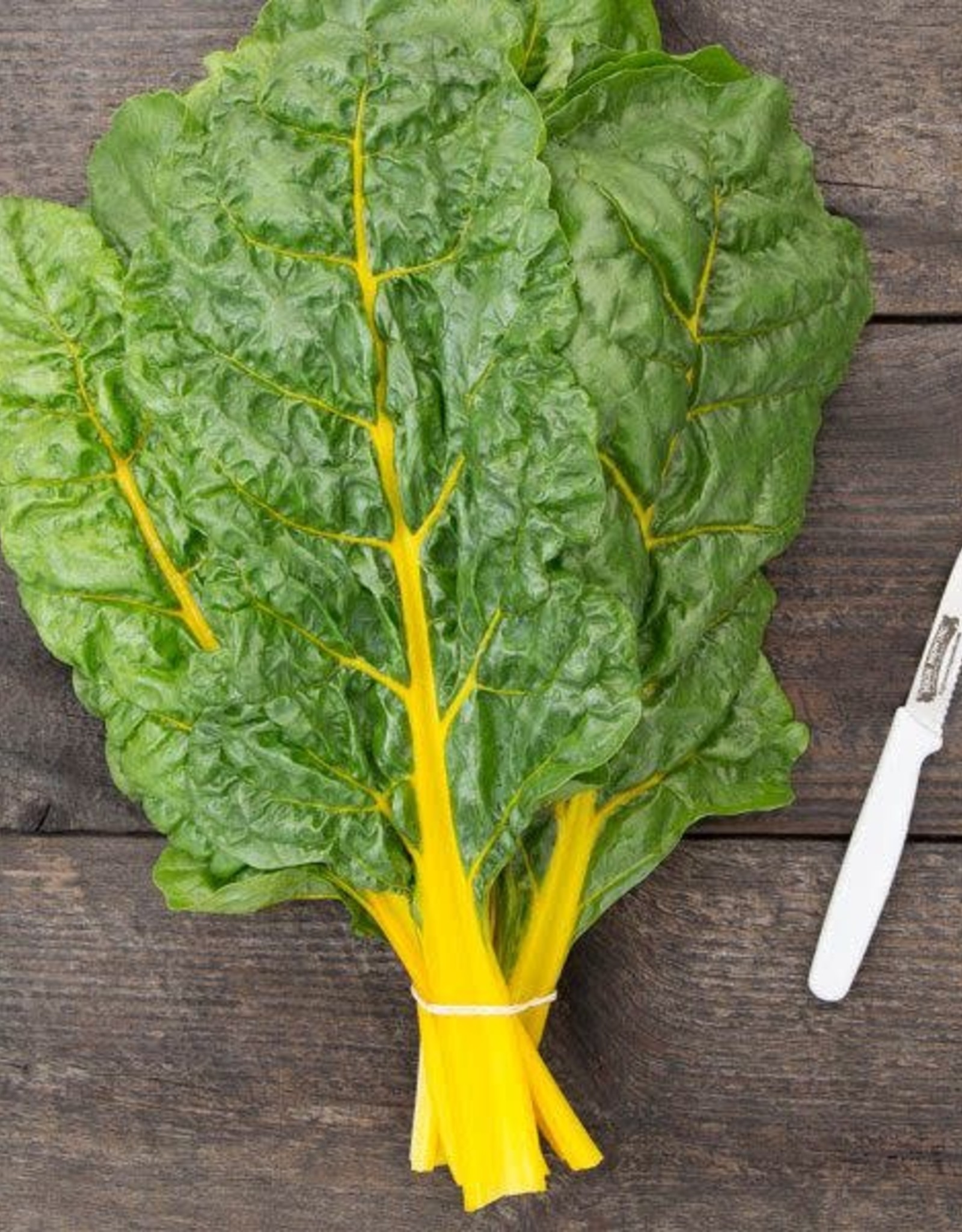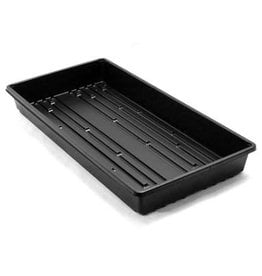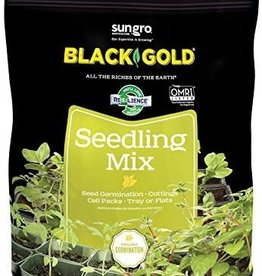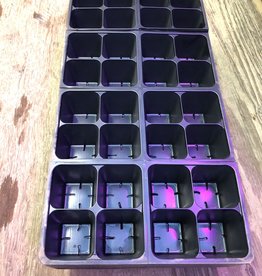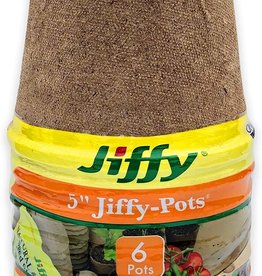HM Sunset Chard 1/16 OZ
| Availability: | In stock (6) |
Photos and Description credit: High Mowing Seeds
Bright yellow stems that vein beautifully into glossy, broad, green leaves.
Plants are large and uniform, displaying a beautiful bouquet of deep green leaves on cheerful orange stems. Performs well in variable weather, exhibiting exceptional quality as a microgreen, when harvested as a baby leaf and when grown to full size for bunching. Can be mixed with other colors for a classic rainbow appeal.
- Bright orange stems
- Gorgeous green leaves
1.2-2.5M (1.5M avg) seeds/oz, 20-40M (30M avg) seeds/lb. M=1,000. 1/16 oz approx. 90 seeds. Direct seeding rate: Baby, 40 seeds/foot in a 2" band in rows 2-6" apart. Bunching, 6 seeds/foot, thin to 1 plant every 8-12" in rows 18-30? apart. Transplants: 12-18" apart in rows 18-30" apart.
Cultural Info
Chard (Beta vulgaris) is a hardy biennial in the Chenopodiacea family, which includes spinach, beets, orach and quinoa. Chard is actually a type of beet that has been specialized for leaf production.
Soil Nutrients and Requirements
Chard appreciates loose well drained soils with acidity between 6.2 and 6.8, but will tolerate 6.0-7.5 and a wide range of soil textures. Heavy clay soils can be helped by the addition of organic matter. Optimal soil temperature for germination is 55-75°F.Fertilize with the ratio of 1-2-2 (N-P-K) seven days before seeding. 1-3 side dressings may be necessary.
Seeding Depth
½”
Plant Spacing
Direct seeding: For babyleaf sow ~40 seeds/ft in 2-4” bands; for full size leaves thin plants to 4-8" depending on desired leaf size.
Row Spacing
Row spacing: for full size 18-24", for baby leaf 2-4” between bands.
When to Sow
Chard can be direct seeded mid-spring through mid-summer and into fall in warmer regions. Transplants can be started indoors or in a cold frame 4-6 weeks before planting and transplanted outdoors after danger of frost has passed. Transplants result in earlier harvests. Optimal germination temperature is 55-75°F. Days to maturity from direct seeding; if transplanting, subtract 14-21 days. Babyleaf varieties grow well in summer months when it is too hot for lettuce. Sow every week for a continual summer harvest until 4 weeks before frost date. Ready to harvest after five weeks, when leaves are ~3”, growth rate is weather dependent.
Harvest
Harvest full size leaves at any stage. Continuous harvests will encourage new growth. Use floating row covers to extend the season.
Storage
Cool with water immediately after harvest; stores best in plastic bags in the refrigerator.
Pest Info
- Spinach Leaf Miners, Aphids, Leaf Hoppers and Flea Beetles can cause foliar damage, rotate fields if present to avoid over wintering populations. Row cover can reduce some types of insect damage.
- Cabbage Maggot can infect transplants and young seedlings as they feed on roots; use nematodes to alleviate transplant damage in trays.
Disease Info
- Leaf spots are commonly caused by either Cercospora beticola or Phoma batae and are most prevalent in mid-late summer, during periods of frequent rainfall and high humidity.
- Pocket Rot is caused by the fungus Rhizoctonia solani and is spread plant to plant creating pockets of infected plants.
- Damping off is caused by a number of individual fungi. Downy Mildew, Pernospora sparsa, may appear in mid-to- late summer.
- There are no resistant chard varieties available for these diseases. Prevention includes removal of plant debris, crop rotation (preferably with grains), and increased air circulation

